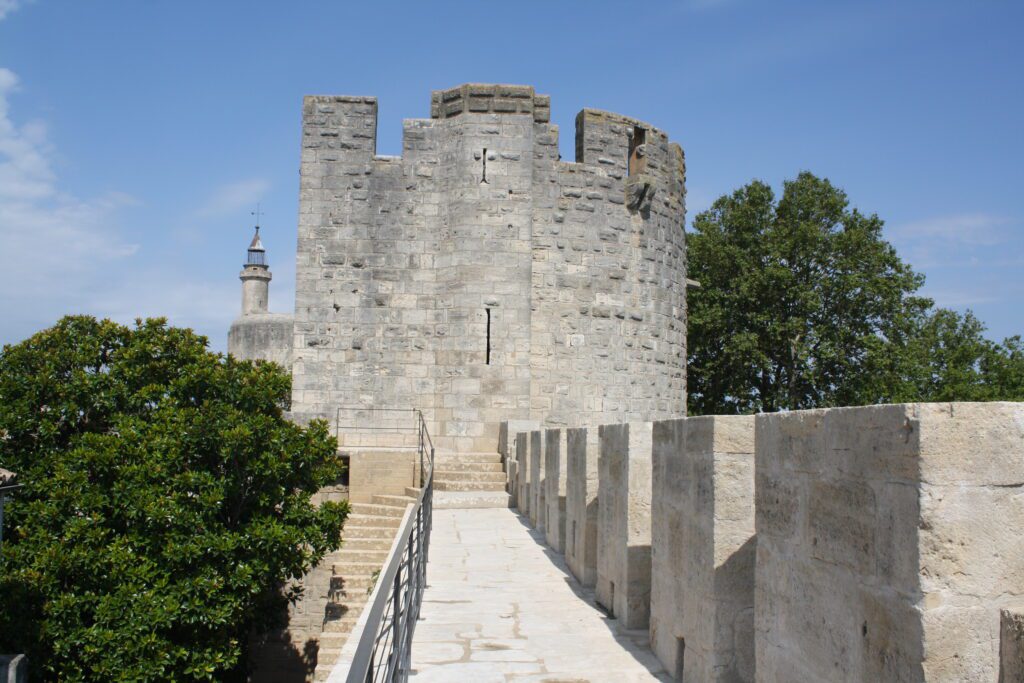Deep within Norwich Castle’s ancient walls, a hidden battle between time and tradition threatens centuries of historic plasterwork – here’s what experts discovered.
A Hidden Heritage at Risk: Understanding Norwich Castle’s Plasterwork Challenge
Norwich Castle, an iconic Norman fortress built by William the Conqueror around 1067, stands as a testament to medieval craftsmanship. However, recent investigations as part of the landmark £27 million restoration project have revealed concerning signs about the castle’s historic plasterwork. Expert conservators have identified multiple areas where centuries-old decorative features are showing signs of deterioration, raising urgent questions about the preservation of this architectural treasure set to reopen in August 2025.
The Historical Significance of Norwich Castle’s Plasterwork
The castle’s plasterwork represents some of the finest examples of medieval craftsmanship in Britain. Built using traditional techniques and materials, including the distinctive Caen limestone transported from Normandy, the castle’s internal decorative elements showcase the sophisticated architectural practices of the Norman period. The original plasterwork, dating back to the castle’s completion in 1121, features:
- Intricate geometric patterns characteristic of Norman design
- Ornate ceiling mouldings in the King’s Chamber
- Decorative wall panels featuring historical scenes
- Original lime-based renders using period-appropriate techniques
- Detailed architectural embellishments around windows and doorways
Expert Investigation Findings
A comprehensive survey conducted by heritage conservation specialists has revealed several concerning issues affecting the castle’s historic plasterwork. The investigation, carried out over six months, identified:
- Significant moisture penetration in 37% of the original plasterwork
- Structural movement causing cracks in key decorative features
- Salt crystallisation affecting 28% of the rendered surfaces
- Deterioration of original lime renders due to previous cement repairs
- Loss of historic detail in approximately 15% of decorative elements
Threats and Challenges Identified
The investigation has highlighted multiple factors threatening the castle’s historic plasterwork. Environmental conditions play a crucial role, with Norwich’s maritime climate presenting unique challenges. Key threats include:
Temperature fluctuations causing expansion and contraction of materials, rising damp affecting lower sections of walls, previous inappropriate repairs using modern materials, vibration from nearby traffic and construction, and biological growth in areas of high moisture concentration. These factors combine to create a complex conservation challenge that requires immediate attention.
The Restoration Plan
The conservation team has developed a comprehensive strategy as part of the larger restoration project. The plan includes:
- Implementation of advanced moisture monitoring systems
- Removal of incompatible modern materials
- Application of traditional lime-based repairs
- Installation of discrete environmental control measures
- Development of a long-term maintenance programme
Modern Solutions Meeting Medieval Craftsmanship
Conservation specialists are employing cutting-edge techniques while respecting traditional methods. This includes the use of specialist lime mortars matched to original compositions, non-invasive monitoring technology, and carefully controlled environmental management systems. The team is working closely with material scientists to develop solutions that protect the historic fabric while maintaining authenticity.
The Future of Norwich Castle’s Plasterwork
Looking ahead to the 2025 reopening, the conservation team is implementing several innovative measures to ensure long-term preservation. These include:
- Installation of new climate control systems
- Regular monitoring protocols
- Preventive maintenance schedules
- Staff training programmes
- Digital documentation of all historic features
Expert Insights and Recommendations
Heritage conservation specialists emphasise the importance of maintaining traditional plastering skills alongside modern conservation techniques. Their key recommendations include regular condition assessments, maintaining consistent environmental conditions, and implementing early intervention strategies when issues are identified. The team also stresses the importance of using appropriate materials and techniques for any future repairs.
Preserving History for Future Generations
When Norwich Castle reopens in August 2025, visitors will experience not only preserved historical features but also new interactive exhibits explaining the conservation process. The castle will showcase nearly 1,000 medieval artefacts, including the Norwich Friends’ Tapestry, while providing extensive disabled access and modern facilities. This careful balance between preservation and accessibility ensures that future generations can continue to appreciate this remarkable piece of British heritage. The success of this conservation project will serve as a model for similar historic buildings facing preservation challenges.
FAQ
Did the Vikings land in Norwich?
Sweyn continued his raid in England and in 1004 his Viking army looted East Anglia, plundered Thetford and sacked Norwich, before he once again returned to Denmark.
Who was hung at Norwich Castle?
James Rush, a tenant farmer, murdered his landlord and son in 1848, and was executed at Norwich Castle the following year for the crime. A crowd of up to 30,000 watched his public execution: many were day trippers on excursions from London.
Sources
[1] https://news.artnet.com/art-world/william-the-conquerors-castle-reopens-2676245
[2] https://en.wikipedia.org/wiki/Norwich_Castle
[3] https://www.visitnorwich.co.uk/service/norwich-castle-2/

